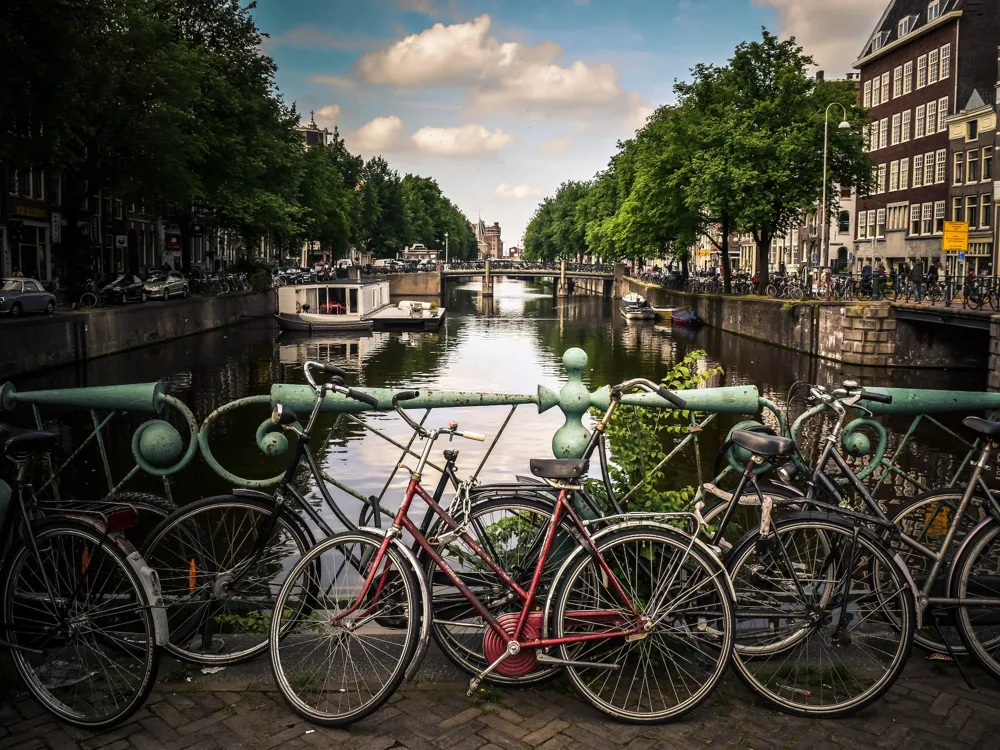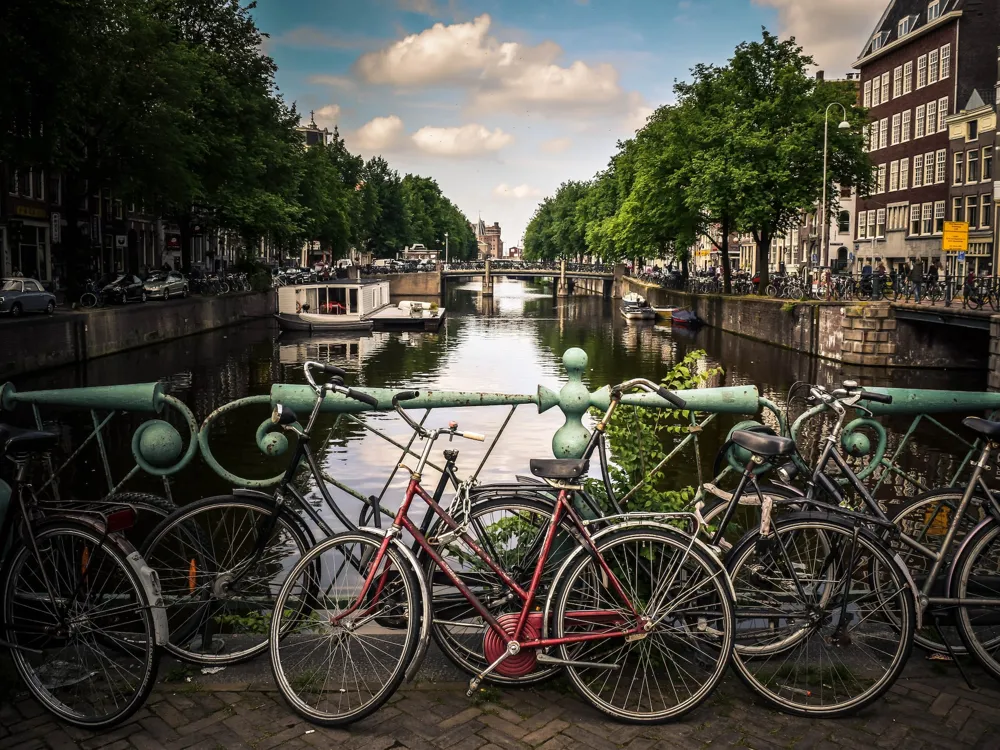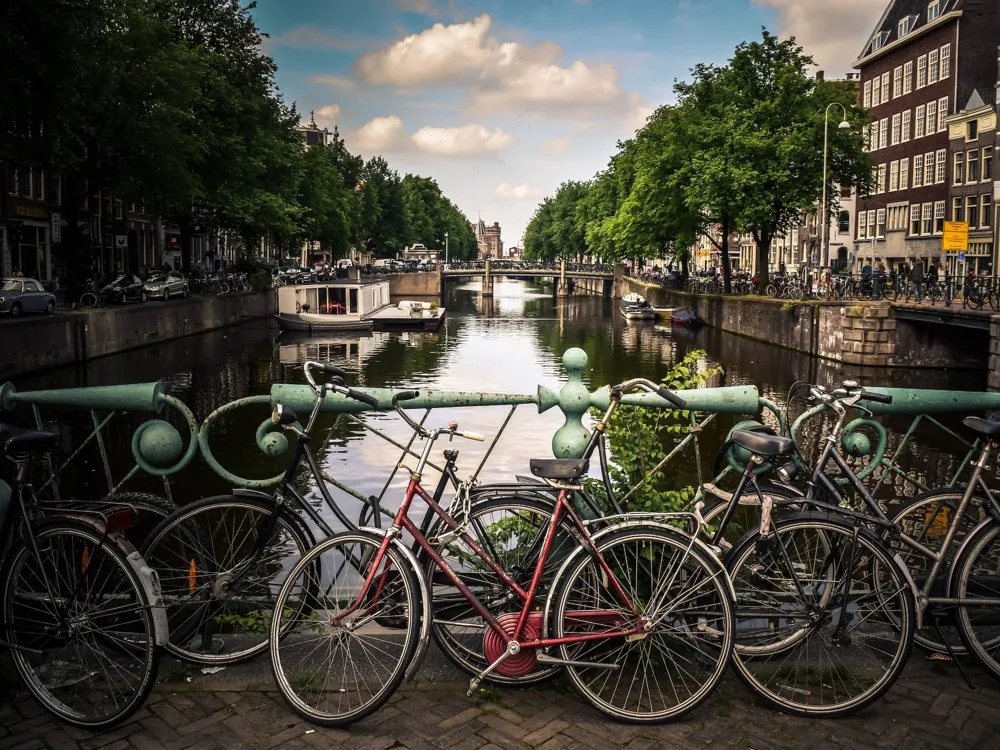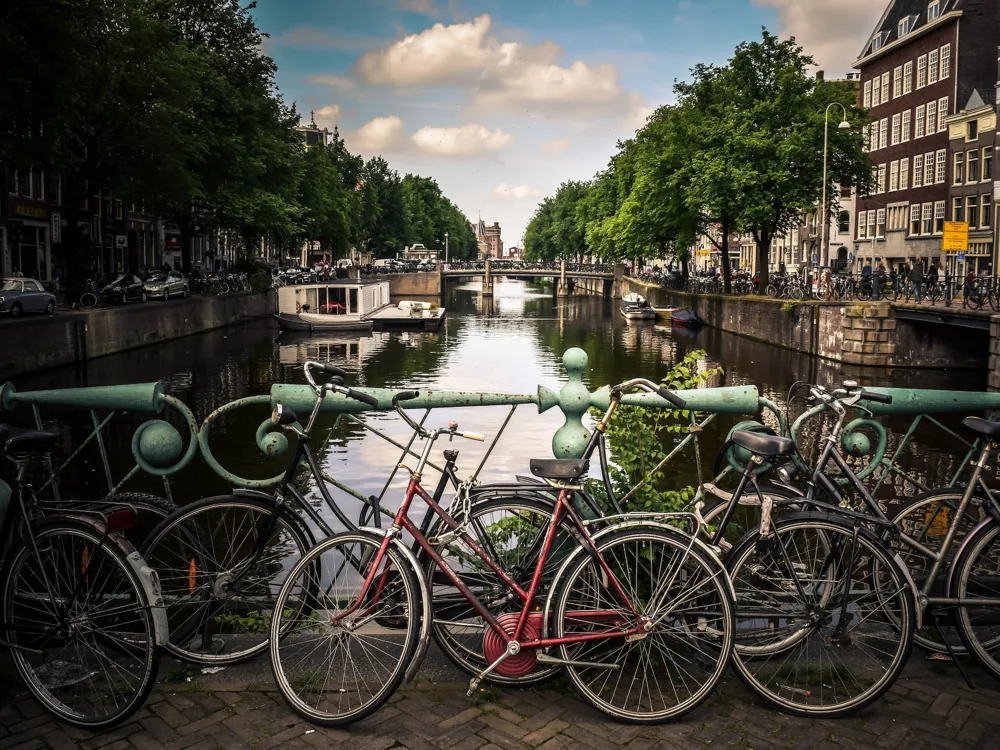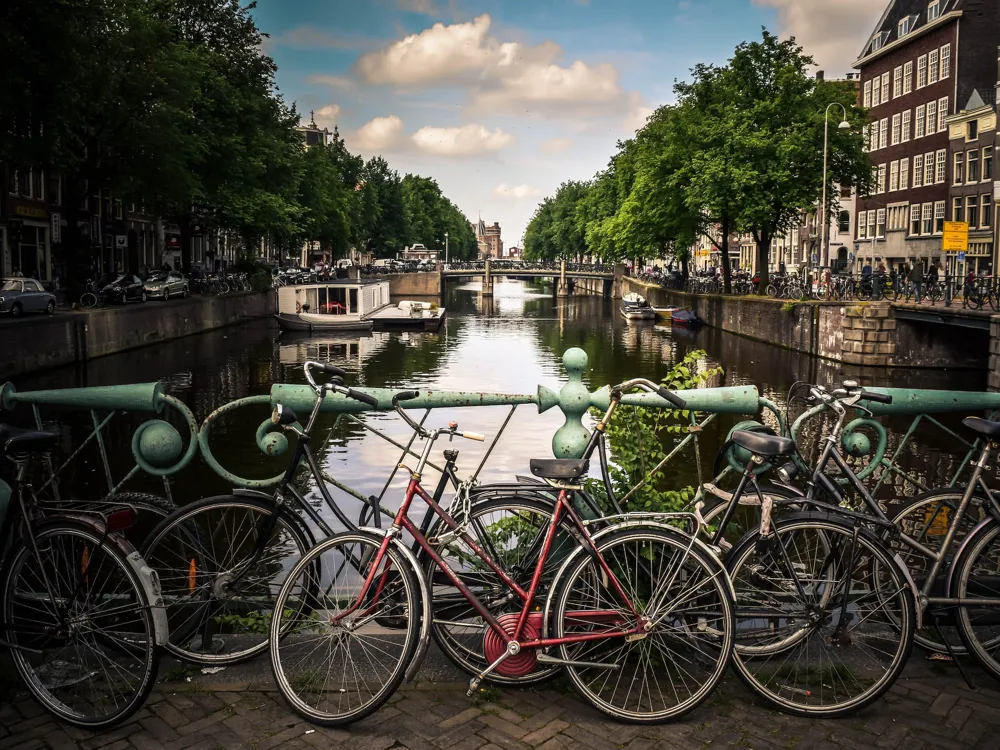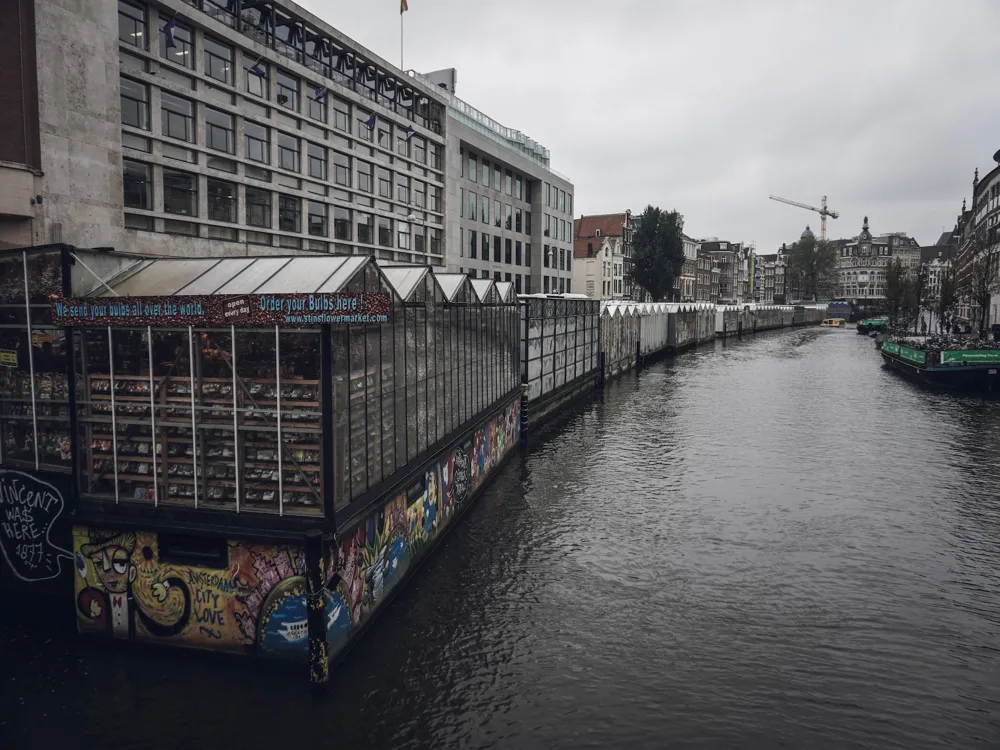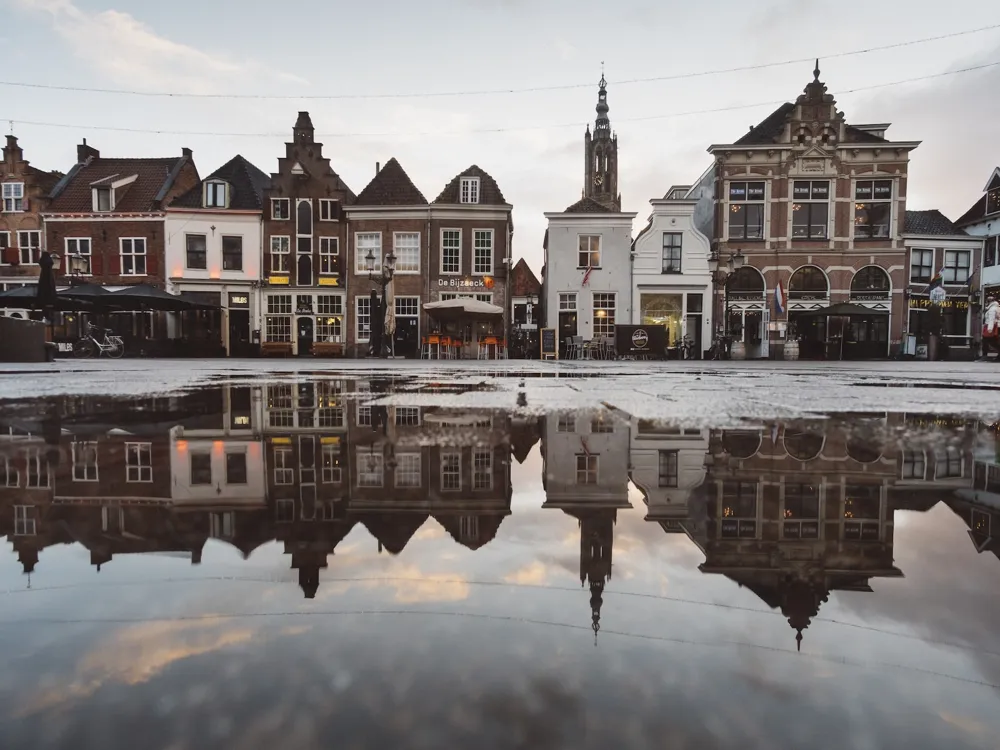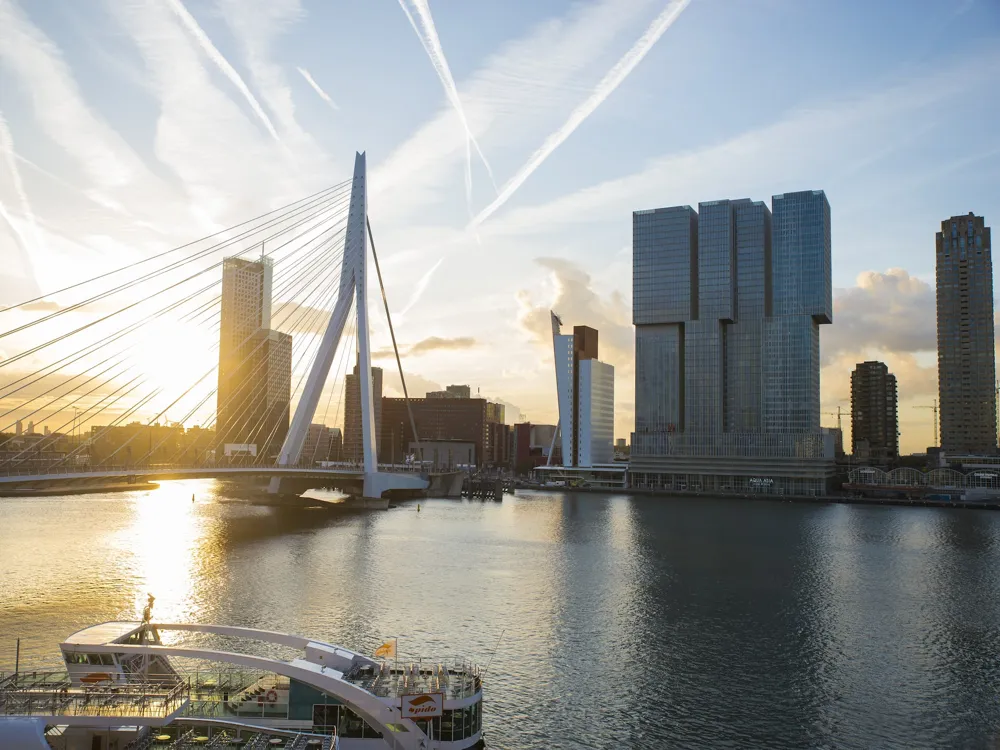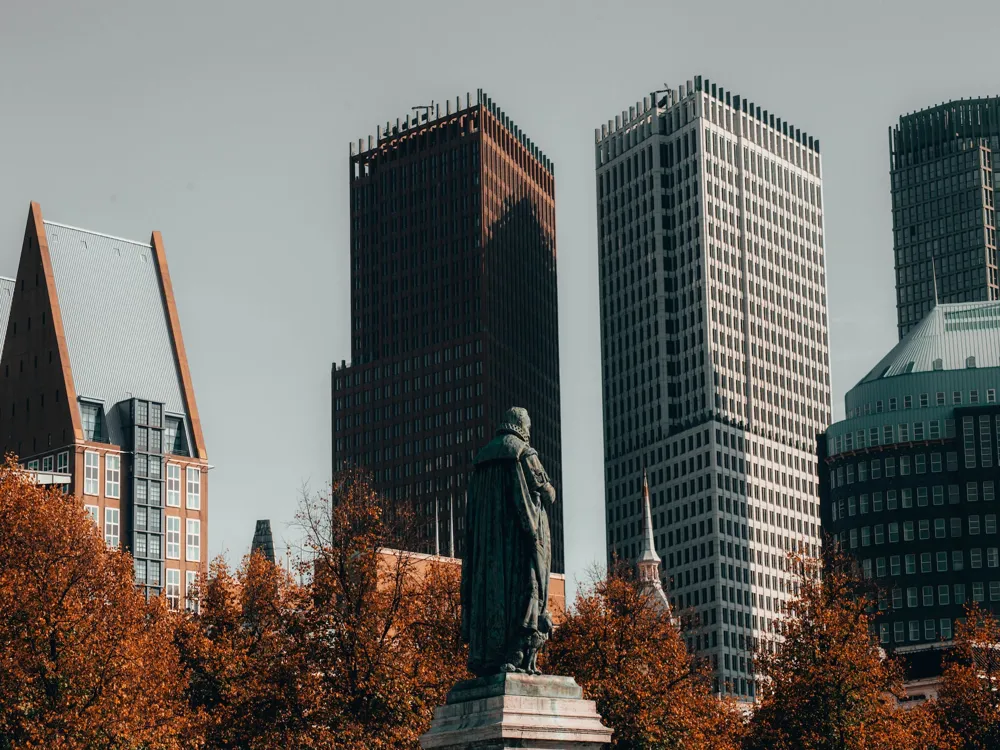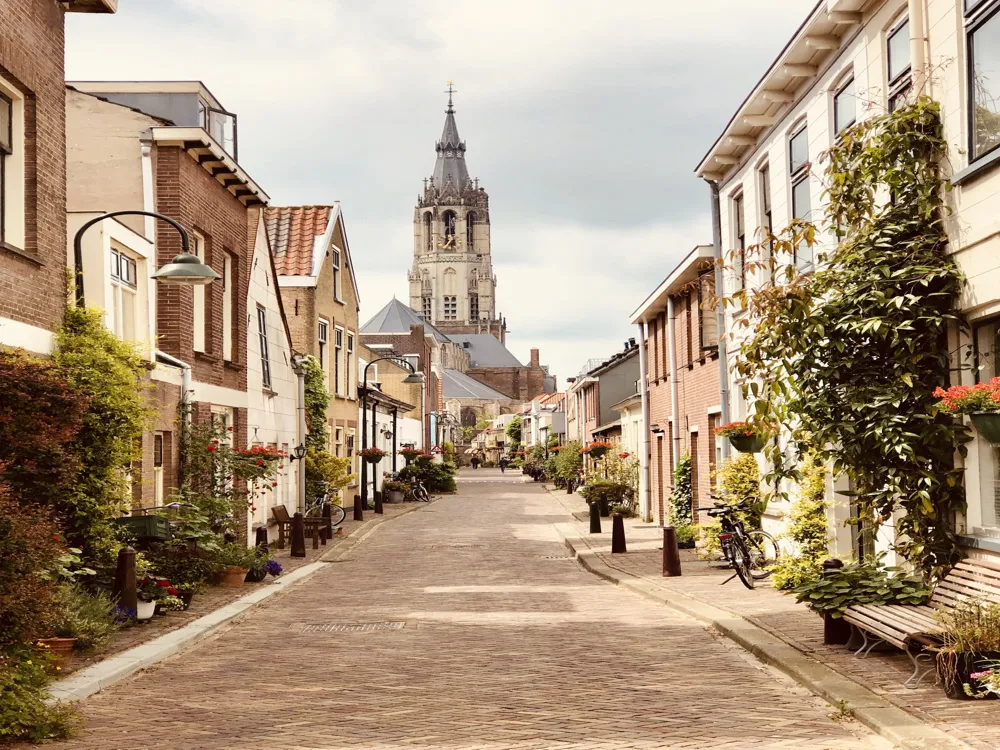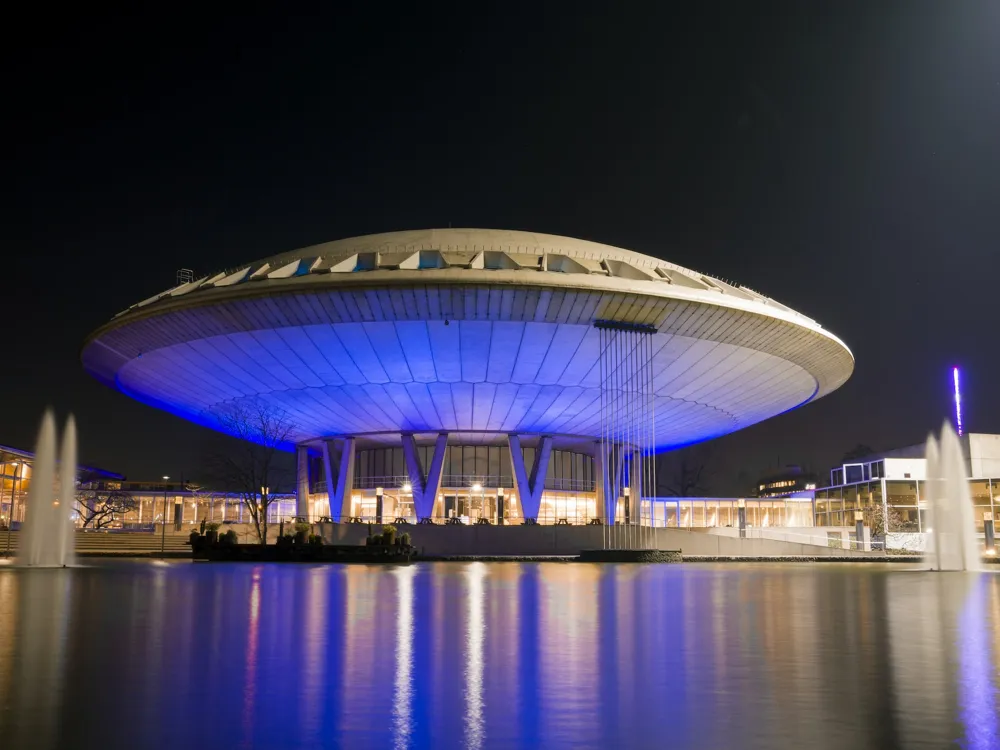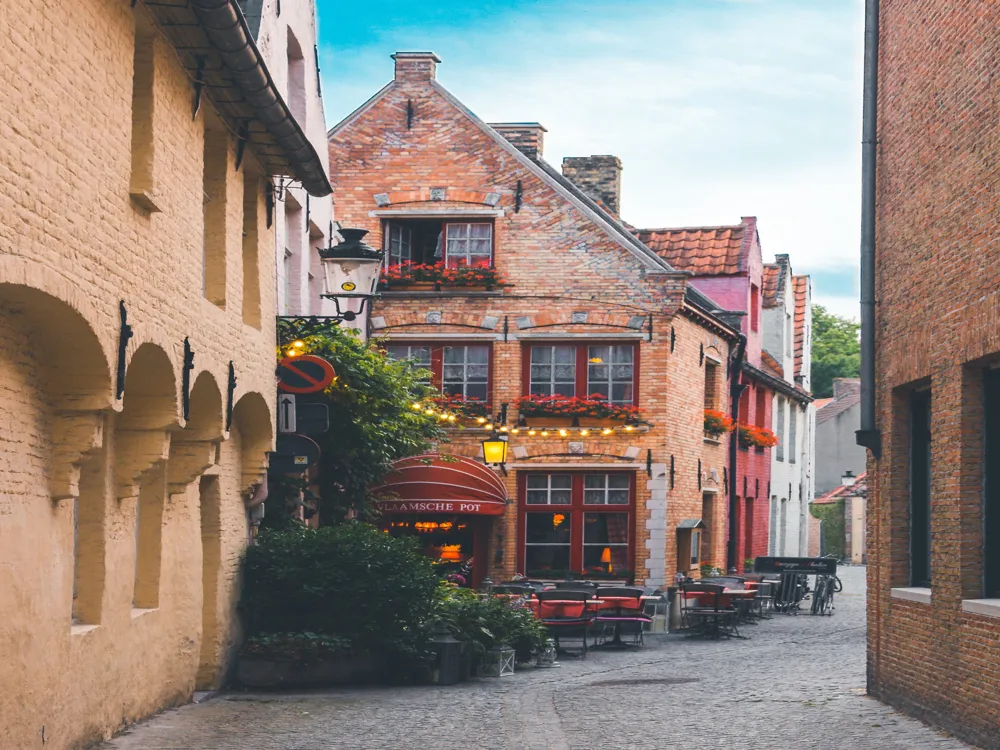The Red Light District in Amsterdam, known locally as De Wallen, is one of the most iconic and talked-about areas in the city. Rooted in rich history and controversial modernity, the district offers a unique blend of cultural and societal elements. It's a place where the liberal attitudes of the Dutch are on full display, encompassing a wide range of activities from legal prostitution to coffee shops selling cannabis. The origins of the Red Light District date back to the 14th century, initially starting as a hub for sailors and traders. Over the centuries, it evolved into an area known for its nightlife and adult entertainment. Despite its reputation, the Red Light District is more than just a center for the sex industry. It's an area steeped in history, with ancient buildings and a distinct architectural style that tells the story of Amsterdam's past. Walking through the narrow streets, visitors are met with a myriad of sights and sounds. Neon lights and the infamous red-lit windows line the canals, each window with its own story. The area is also home to a variety of bars, clubs, and restaurants, offering something for every taste. The Red Light District, while known for its adult entertainment, is also a residential area with a strong sense of community among locals. In recent years, the Amsterdam government has made efforts to clean up the district, aiming to reduce the number of red-light windows and replace them with art galleries, boutiques, and other mainstream businesses. This initiative reflects the city's aim to diversify the area's attractions and reduce its association with sex work alone. The Red Light District remains a symbol of Amsterdam's liberal attitudes and open-minded approach to life. It's a place where the taboo becomes the norm, and visitors are encouraged to embrace the unexpected. With its rich history and vibrant present, the Red Light District of Amsterdam is a must-visit for those looking to experience the city's unique character. The architecture of the Red Light District in Amsterdam is a vivid tapestry that combines the city's rich history with its modern-day ethos. This area, nestled within the oldest part of Amsterdam, showcases a mix of architectural styles, ranging from medieval to modern, reflecting the city's evolution over centuries. The buildings in the Red Light District are predominantly narrow and tall, a design necessitated by the historical tax system, which was based on the width of the facade. This has resulted in a unique streetscape, with houses often leaning against each other for support. The architecture here is not just about aesthetics; it's a story of survival and adaptation. One of the most notable architectural features in the Red Light District is the Oude Kerk (Old Church). Surrounded by red-lit windows and bustling streets, the church stands as a testament to the area's diverse history. It's the oldest building in Amsterdam, dating back to the 13th century, and showcases Gothic and Renaissance architectural elements. Another significant feature is the network of canals and bridges that run through the district. These waterways, some of which date back to the 17th century, add to the charm and character of the area. The canals served as essential trade routes in the past and now provide picturesque views for visitors. Despite its notorious reputation, the Red Light District also houses numerous hidden gems in terms of architecture. From historic guild houses to secret courtyards and gardens, the area offers a surprising variety of architectural delights. Many of these buildings have been repurposed over the years but retain their original charm and character. The juxtaposition of old and new is evident in the Red Light District's architecture. Amid the historic buildings, one can find contemporary art installations and modern establishments, reflecting the district's ongoing evolution. This blend of the old and the new makes the architecture of the Red Light District a fascinating study of Amsterdam's history and culture. Remember that the Red Light District is not just a tourist attraction but also a workplace and home for many. Respect the privacy and dignity of sex workers and local residents. Avoid taking photos of the workers in the windows, as this is considered disrespectful and, in some cases, illegal. Although the Red Light District is generally safe, it's wise to stay alert. Keep an eye on your belongings, as crowded areas can attract pickpockets. Also, be cautious if you choose to partake in any of the district's famous nightlife offerings. Familiarize yourself with the local laws regarding drug use and prostitution. While some activities are legal in the Red Light District, there are still rules and regulations that need to be followed. Understanding these will help you avoid any legal issues during your visit. The Red Light District has more to offer than its main streets. Venture into the side alleys and explore the local shops, cafes, and art galleries. This will give you a more rounded experience of the district's culture and history. To gain a deeper understanding of the area's history and current dynamics, consider taking a guided tour. Many tours are led by local experts who can provide insights into the district's past and present, beyond what meets the eye. The Red Light District is easily accessible by various modes of transportation. If you're staying in central Amsterdam, the district is within walking distance from most parts of the city center. Alternatively, you can take a tram or a bike, both popular modes of transport in Amsterdam. There are several tram stops close to the district, making it convenient to reach from different parts of the city. Biking gives you the flexibility to explore at your own pace and is in line with the city's eco-friendly ethos. If you're coming from outside the city, the Amsterdam Central Station is just a short walk from the Red Light District. Taxis and rideshare services are also readily available for those who prefer a direct route to the district. Read MoreOverview of the Red Light District of Amsterdam
Architecture of the Red Light District
Tips When Visiting the Red Light District
Respect the Locals and Workers
Stay Safe and Be Aware of Your Surroundings
Understand Local Laws and Customs
Explore Beyond the Main Streets
Consider a Guided Tour
How To Reach the Red Light District
Red Light District
Amsterdam
₹ 37,193 onwards
View amsterdam Packages
Amsterdam Travel Packages
View All Packages For Amsterdam
Top Hotel Collections for Amsterdam

Private Pool

Luxury Hotels

5-Star Hotels

Pet Friendly
Top Hotels Near Amsterdam
Other Top Ranking Places In Amsterdam
View All Places To Visit In amsterdam
Faq on Amsterdam
What is the Red Light District in Amsterdam?
The Red Light District in Amsterdam is a designated area where prostitution and other adult entertainment services are concentrated.
Where is the Red Light District located in Amsterdam?
The main Red Light District in Amsterdam is located in the De Wallen neighborhood, near the city's central station.
Is it legal to visit the Red Light District in Amsterdam?
Yes, visiting the Red Light District is legal in Amsterdam. However, certain activities within the district, such as soliciting prostitution outside of designated areas, are illegal.
What can I expect to see in the Red Light District?
In the Red Light District, you can expect to see a network of narrow streets lined with windows where prostitutes advertise their services. There are also various adult entertainment venues, shops, and bars in the area.
Is it safe to visit the Red Light District?
Generally, the Red Light District is safe for visitors, but it's essential to exercise caution and be aware of your surroundings, especially at night.
View amsterdam Packages
Amsterdam Travel Packages
View All Packages For Amsterdam
Top Hotel Collections for Amsterdam

Private Pool

Luxury Hotels

5-Star Hotels

Pet Friendly
Top Hotels Near Amsterdam
Other Top Ranking Places In Amsterdam
Faq on Amsterdam
What is the Red Light District in Amsterdam?
The Red Light District in Amsterdam is a designated area where prostitution and other adult entertainment services are concentrated.
Where is the Red Light District located in Amsterdam?
The main Red Light District in Amsterdam is located in the De Wallen neighborhood, near the city's central station.
Is it legal to visit the Red Light District in Amsterdam?
Yes, visiting the Red Light District is legal in Amsterdam. However, certain activities within the district, such as soliciting prostitution outside of designated areas, are illegal.
What can I expect to see in the Red Light District?
In the Red Light District, you can expect to see a network of narrow streets lined with windows where prostitutes advertise their services. There are also various adult entertainment venues, shops, and bars in the area.
Is it safe to visit the Red Light District?
Generally, the Red Light District is safe for visitors, but it's essential to exercise caution and be aware of your surroundings, especially at night.







